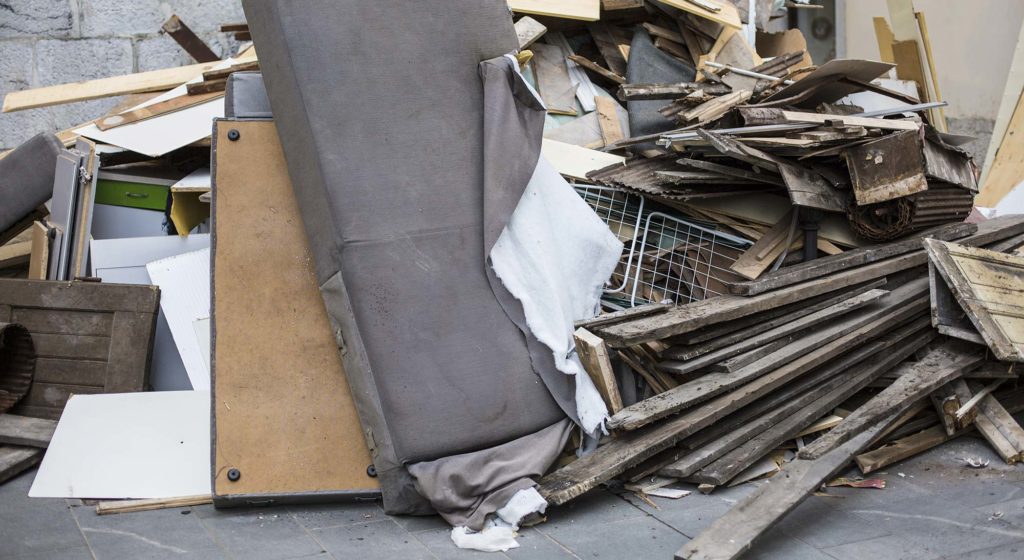You might be familiar with recovering valuable resources from rubbish, known as recycling. But did you know that we could also generate energy from waste? That’s essentially what the waste-to-energy (WtE) process is about.
What is the Waste-to-Energy Method?
The waste-to-energy method, alternatively known as energy-from-waste (EfW), pertains to the process of generating various forms of energy from the treatment of waste.
When you incinerate rubbish, you directly produce energy in the form of heat and electricity. The same process can also create combustible fuel products, such as methane, methanol, ethanol, and synthetic fuels.
How the Waste-to-Energy Commenced
Waste-to-energy is a relatively new concept in the waste management process. It began sometime during the start of the 20th century after incinerators had been invented and became widely used.
Because of the booming population and the increasing rubbish generation, many landfill facilities were running out of available space.
Inevitably, local governments had to find a way to reduce the volume of their rubbish, and that’s when burning municipal solid waste (MSW) in incinerators became a rational solution.
Waste combustion significantly reduces both the volume and weight of rubbish by about 87-90% and 75%, respectively.
Aside from this, the process also produces heat which can be used directly for heating or for creating steam in a boiler to generate electricity. And because waste generation is inevitable, waste-to-energy is deemed as a renewable energy source.
Methods of Converting Energy from Waste
The advancements in technology facilitate the availability of various waste-to-energy systems. Even so, the most popular and widely adopted waste-to-energy technology is municipal solid waste’s direct combustion or incineration.
How does Direct Combustion Generate Energy from Waste?
Many rubbish items such as paper, cardboard, plastics, styrofoam, garden waste, and wood products are rich in energy. This energy is what’s harvested during the combustion process which takes place in a large incinerator.
The following are the steps in generating energy from the burning of waste.
- The MSW collected by dump trucks is discarded into the waste storage bunker.
- These waste items are then clawed and transferred into the combustion chamber.
- The MSW acts as a fuel and is burned. Heat is released in the process.
- The heat generated causes the water in the boiler to boil and become steam.
- The high-pressure steam enables the blades of the turbine generator to turn and generate electricity.
- The pollution control system collects various air pollutants such as nitrogen oxide, mercury, dioxin, acid gas, and particulates from the gas before it is released. Ash is then collected from the air pollution control facility and the boiler.
Other Waste-to-Energy Technologies
Besides the mass burning of waste, there are also other thermal and non-thermal methods of generating energy from waste. Here are some of these WtE technologies available.
- Refuse Derived Fuel Systems
- Pyrolysis
- Conventional Gasification
- Plasma Arc Gasification
- Anaerobic Digestion
- Landfill Gas
- Mechanical Biological Treatment
The Waste-to-Energy System in Australia
Compared with other developed countries, Australia has been slow in adopting the waste to energy technology.
It was only in October 2018 that the Australian Renewable Energy Agency (ARENA) introduced its plan to build the first WtE facility in the country. This 40 MW, thermal waste treatment facility, will be built in Kwinana, near the city of Perth in Western Australia, and is expected to begin operating by the end of 2021.
The agency and Australian government both have high hopes for the project. They believe that the Kwinana waste-to-energy facility will lessen the amount of Perth’s residential, commercial, and industrial waste going into landfills by about 25%.
Additionally, they also expect the facility to reduce around 400,000 tonnes of carbon emissions in the city annually.
Conclusion
The waste-to-energy method is only one of the many solutions we can employ to make the most out of our rubbish. However, WtE systems cost billions of dollars and take years to plan.
Thus, other cities in the country may not be able to adopt this technology soon to solve their problem with waste. Thus, we need to strengthen other waste management practices such as waste segregation, reduction recycling, reusing, and composting.
The Most Reliable Rubbish Removal Company in Sydney
Our team of professional rubbish removalists is here to help you manage the waste you generate.
If you need rubbish removal services, our team is always ready to collect and dispose of your household rubbish most efficiently and sustainably. We guarantee that we will segregate and recycle every bit of rubbish we can, to ensure higher waste resource recovery.
Feel free to contact us anytime for same-day rubbish removal. To book with us, you can call us at 0435 569 921 or send us an email.

